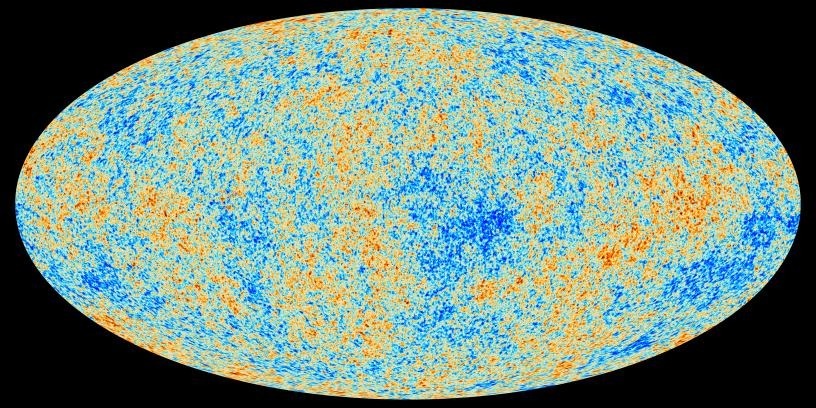The COMPACT Collaboration is using supercomputers to try and figure out the shape of the Universe

One of the most common questions I get asked is: what is beyond the edge of the Universe? Given that the Universe is defined as all there is, this is not exactly a well-framed question!
Our best description of the Universe is provided by Einstein’s theory of gravity. Unfortunately, it tells us merely how every point in the Universe is receding from every other point in the aftermath of the Big Bang. As far as Einstein is concerned, the Universe could be infinite in extent or curve back on itself like the 3D equivalent of the surface of the Earth. In both cases, there would be no edge.
The Universe does, however, have a pseudo-edge. This is because it has not existed for ever but was born 13.82 billion years ago. It means we can see only the galaxies whose light has taken less than this amount of time to reach us. The spherical volume of space, centred on the Earth, from which light has had time to reach us is known as the “observable universe”. It contains about two trillion galaxies and is bounded by a “light horizon”. And, just as we know there is more ocean over the horizon at sea, we know there is more of the Universe over the cosmic horizon.
So, the question is: beyond the cosmic light horizon, does the Universe march on for ever or curve back on itself in some way? What, in short, is the shape of the Universe? If you think this is a hard question to answer, you are right. Nevertheless, it may be possible to obtain an answer with the aid of computer power that did not exist a decade ago, and by analysing existing observations of the “cosmic background radiation”, the relic of the Big Bang fireball.
This oldest light in the Universe comes from a time about 380,000 years after the Big Bang, when for the first time light was able to fly across space unhindered by matter. Today, greatly cooled by the expansion of the Universe in the past 13.82 billion years, it appears as low-energy “microwaves”. If you had eyes that could see microwaves rather than visible light, you would see the whole night sky glowing white. Incredibly, the fireball radiation accounts for 99.9 per cent of all the photons of light in the Universe, with the light from the stars and galaxies making up only 0.1 per cent.
Crucially, the matter in the Big Bang fireball sloshed about like water in a bath. And these sloshing modes – effectively sound waves – imprinted themselves on the afterglow of the Big Bang, causing subtle variations in its brightness over the sky, which were observed by the European Space Agency’s Planck space observatory in 2010. It is these that may contain clues to the shape of the Universe: whether it is infinite, or like a doughnut with a hole in it (a torus), or any other shape.
Think of a mystery musical instrument. If a physicist is told the loudness of the sound it makes at every possible frequency, in principle they can use this information to figure out the shape of the instrument. Similarly, the sound waves impressed on the cosmic background radiation can be used to determine the shape of the Universe.
Currently, an international team known as the “COMPACT Collaboration” is using supercomputers to predict the background radiation signature for the 17 simplest cosmic shapes, or “topologies”, so they can be compared with Planck’s observations. Already, we know of tantalising anomalies in the cosmic background radiation. For instance, there are correlations between the sound waves that span less than 60 degrees of the sky, but inexplicably not above this. Could there be such a low-frequency cut-off for the same reason there is one for an organ pipe: because its size imposes a lowest-frequency vibration?
Admittedly, this effort is a longshot. The COMPACT team will either determine the Universe’s shape or conclude that it is so big that its shape cannot be determined. Though we may discover we are bounded in a nutshell, to distort Shakespeare’s Hamlet, we may be unable to discover whether or not we are living in infinite space.
This article is from New Humanist’s Summer 2025 issue. Subscribe now.


